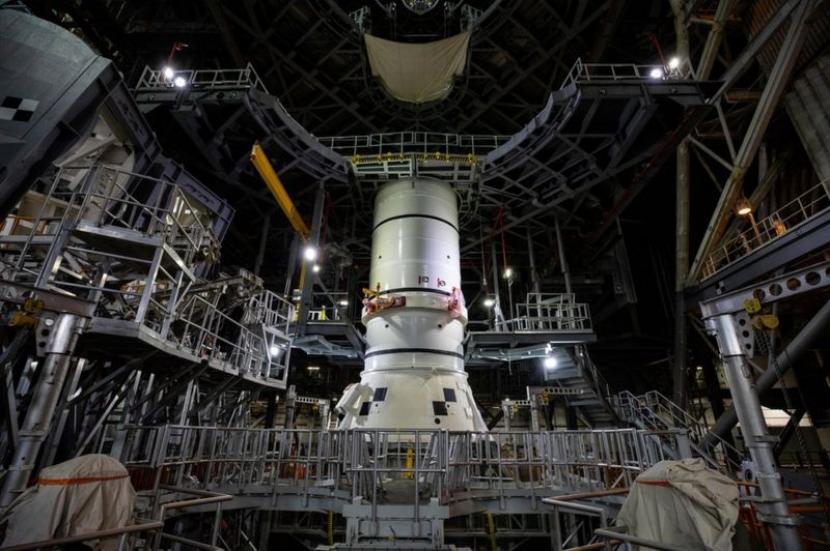“I think there are still ten years until we see robotic fleets,” Rawlinson said.
–
“It won’t show up sooner, even if they have the most advanced sensor systems in the world,” added Tesla, a former chief engineer. “It is necessary to conquer the mountain – the intellectual mountain when it comes to software,” he concluded.
–
In his statement, Rawlinson essentially agrees with the statements of Herbert Diess, the head of the Volkswagen Group. He also made it known last December that he considered the ten-year horizon to be realistic.
–
“I anticipate that there will be self-driving cars ready to enter the market between 2025 and 2030,” Diess said in an interview with the German newspaper WirtschaftsWoche, pointing to rapid developments in the field of artificial intelligence.
–
“It can be assumed that these systems will soon be able to handle even complex situations in autonomous management,” he added.
–
The head of the American electric car manufacturer Tesla, Elon Musk, stated in 2019 that robotic taxis without a driver would be available in some American markets in 2020. This proved to be inaccurate. Tesla CFO Zach Kirkhorn said on Wednesday that it was “difficult” to pinpoint when Tesla would achieve full control automation.
–
The carmaker Lucid has started production of its luxury electric sedans Lucid Air, which are equipped with a number of sensors, including 14 cameras and one laser sensor.
–
“It’s an unprecedented system in terms of technical sophistication,” Rawlinson said. He said Lucid’s current technology reaches level two or two plus control automation.
–
There are six levels of autonomous vehicles – from zero to five. The most advanced is a fully autonomous car. Cars with the second degree of automation are already on the roads. They can accelerate, decelerate and turn, but the driver should be ready to take control of the car at any time. This stage is sometimes called “pedal feet, eyes on the road”.
—


